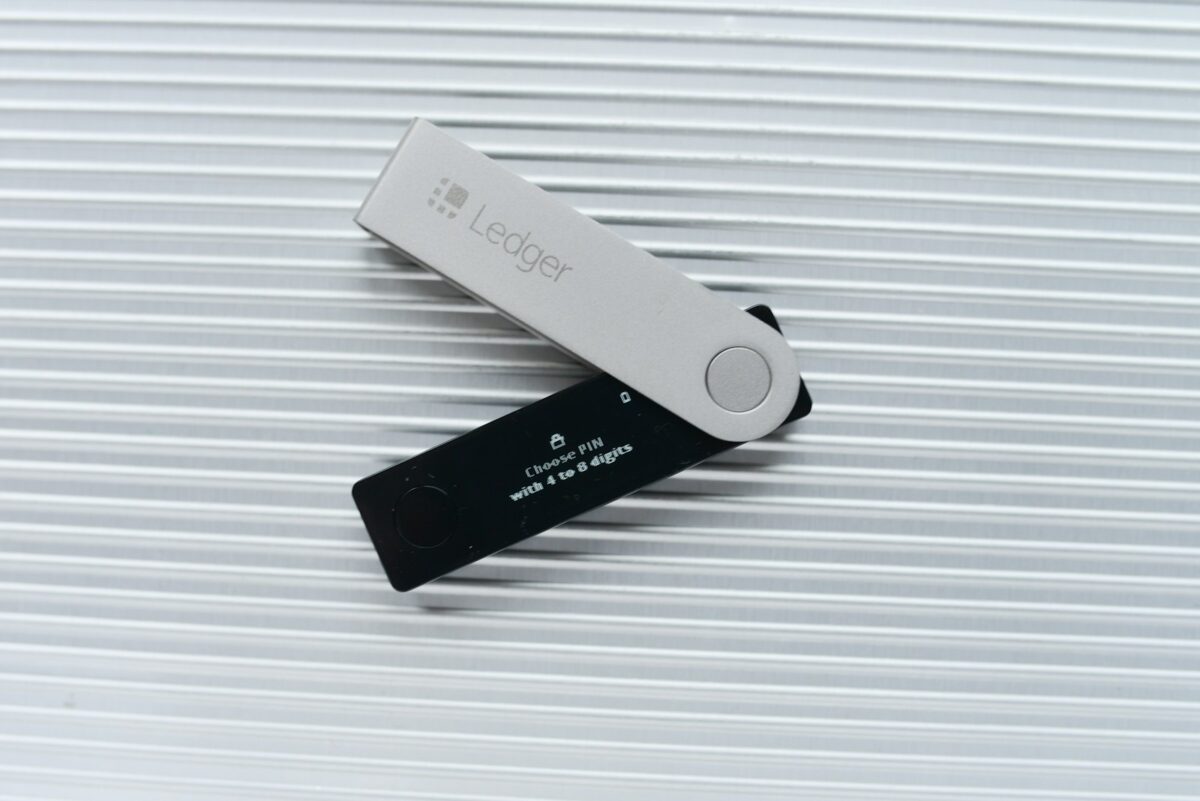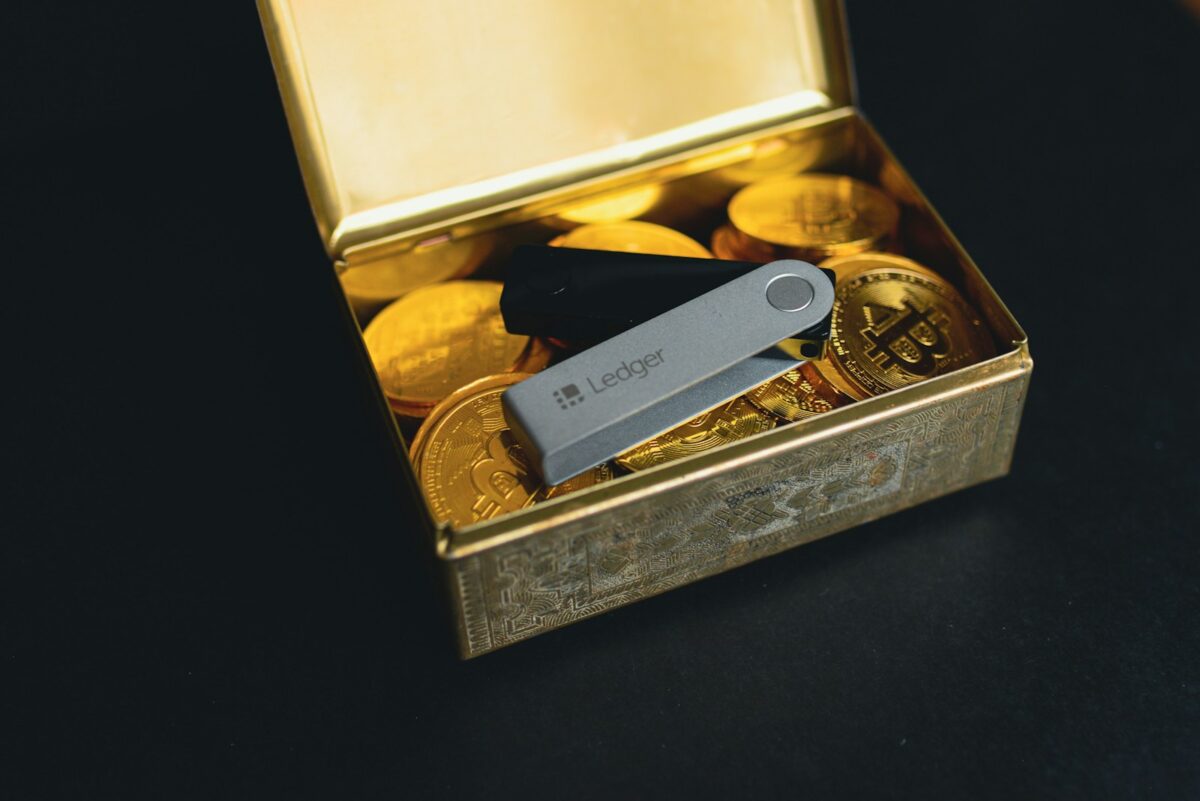
Crypto wallet backup strategies

Storing the recovery seed phrase offline remains the most reliable approach to ensure long-term protection of private keys. Utilizing multiple physical copies distributed across geographically separated locations minimizes risks associated with theft, fire, or accidental loss. Paper or metal engravings resistant to environmental damage provide durable mediums for preservation.
Employing diversified storage techniques enhances security layers. For example, combining cryptographic splitting–where a single seed phrase is divided into parts requiring recombination–with traditional offline safekeeping reduces single points of failure. This method invites experimental validation through controlled reconstruction tests before actual use.
Implementing systematic routines for periodic integrity checks on stored phrases prevents unnoticed deterioration or tampering. Investigations into humidity-resistant containers and secure lockboxes contribute valuable data on optimal environmental conditions. By approaching retention as an iterative process, one can refine methods that balance accessibility with robust defense against unauthorized access.
Crypto Wallet Backup Strategies
Start with securely recording the seed phrase, the fundamental element for account recovery. This sequence of words enables restoration of access to funds if the primary device is lost or compromised. Use a durable medium such as engraved metal plates or acid-resistant paper to mitigate risks related to environmental damage and degradation over time.
Create multiple copies of this phrase and distribute them across geographically separated locations. Avoid digital storage formats like cloud services or photos, which are vulnerable to hacking or accidental deletion. Instead, physical separation enhances protection against theft, natural disasters, or technical failures.
Technical Approaches to Phrase Storage and Recovery
The security of your seed depends on the chosen storage method and the number of redundant copies. Hardware devices equipped with secure elements can store encrypted backups internally but require an additional external backup for disaster scenarios. Paper backups should be laminated or stored in tamper-evident envelopes to prevent wear or unauthorized access.
- Metal engraving: Resistant to fire, water, and corrosion; ideal for long-term preservation.
- Split phrase storage: Dividing the seed into parts stored separately using Shamir’s Secret Sharing provides a balance between security and availability.
- Safe deposit boxes: Physical bank vaults offer high security but may limit rapid access during emergencies.
Avoid single points of failure by employing a combination of these methods. For instance, one copy could reside in a home safe while another is placed with a trusted legal custodian. Such an approach reduces vulnerability while maintaining accessibility when required.
Regularly verify the integrity and readability of all stored copies. Environmental factors such as humidity or temperature fluctuations can degrade materials storing the seed phrase. Periodic checks allow early detection of damage and timely re-encoding onto fresh media without risking loss during critical recovery moments.
Choosing Secure Backup Methods
Maintaining multiple secure copies of the seed phrase significantly enhances recovery reliability in case of device failure or loss. The use of several independent storage locations minimizes risks associated with single points of failure, such as theft, fire, or hardware malfunction. Technical data supports distributing these copies across geographically diverse and physically isolated environments to prevent simultaneous compromise.
Storing the seed phrase offline is a fundamental security principle that mitigates exposure to network-based attacks. Hardware devices designed for cold storage or physical mediums like engraved metal plates offer resilience against environmental degradation and digital intrusion. Empirical studies confirm that offline preservation drastically reduces vulnerability compared to cloud-based or online alternatives.
Effective Techniques for Seed Phrase Preservation
A practical approach involves creating at least three distinct physical copies of the mnemonic phrase, utilizing durable materials resistant to water, fire, and corrosion. Each copy should be stored separately with controlled access protocols. For instance, one copy might reside in a home safe, another in a safety deposit box at a financial institution, and a third held by a trusted custodian under legal agreement.
The implementation of advanced cryptographic methods such as Shamir’s Secret Sharing introduces an additional layer of protection by splitting the seed into multiple shares. This technique requires only a subset of these shares for successful recovery, balancing accessibility with security. Research demonstrates this method’s effectiveness in preventing total loss even if some shares are destroyed or compromised.
- Offline storage: Utilizes air-gapped hardware wallets or non-electronic media to avoid internet exposure.
- Redundancy: Ensures multiple independent copies reduce risk from isolated damage events.
- Geographical distribution: Protects against regional disasters impacting all copies simultaneously.
- Custodial diversification: Employs trusted individuals or entities bound by legal agreements for safekeeping.
The recovery process must be routinely tested under controlled conditions without compromising security protocols. Simulated restoration exercises validate the integrity of each copy and familiarize users with procedural steps necessary during actual emergency scenarios. Case studies show that untested recovery plans frequently lead to irreversible asset loss despite proper initial precautions.
An ongoing evaluation of storage methods is advisable due to evolving threat vectors and material durability insights. Regular audits combined with periodic renewal or migration strategies ensure long-term preservation aligns with current best practices documented by cryptographic research institutions and asset protection specialists.
Storing Seed Phrases Offline
Storing multiple seed phrases offline significantly enhances the security and reliability of recovery processes. Physical media such as engraved metal plates or acid-etched stainless steel offer durability against environmental hazards like fire, water, and corrosion. These methods reduce the risk of data loss due to hardware failure or digital compromise, which are common vulnerabilities in electronic storage devices. Employing diversified storage locations for each seed phrase copy further mitigates risks by preventing a single point of failure.
The architecture of offline seed phrase preservation benefits from compartmentalization and redundancy. For instance, distributing fragments of a seed phrase across geographically separated secure sites leverages Shamir’s Secret Sharing Scheme (SSSS), enabling partial phrase reconstruction only when a threshold number of shares combine. Such cryptographic splitting allows enhanced control over access and recovery while maintaining confidentiality even if one fragment is exposed. This approach exemplifies how technical innovations facilitate both security and usability in long-term key retention.
Technical Methods and Practical Applications
Implementing robust offline storage involves selecting materials resistant to mechanical degradation–titanium or specialized alloys demonstrate superior longevity compared to paper or plastic cards. Laboratory tests reveal that metal engravings withstand temperatures exceeding 1,000°C without data loss, outperforming conventional means during fire incidents. Additionally, secure safes with humidity control serve as effective repositories for physical backups, minimizing oxidation or mold development that could obscure inscriptions.
Experimental case studies show that combining multiple independent copies stored in separate locations reduces recovery failure rates below 0.01%. For example, one protocol recommends three distinct physical storages: a home safe deposit box, a bank vault, and a trusted third-party custodian facility. This tripartite distribution balances accessibility with protection against theft or natural disasters. Users are encouraged to periodically verify the legibility and integrity of their stored seed phrases to ensure seamless restoration capability when necessary.
Using Hardware Wallet Backups
Creating multiple copies of the seed phrase is a fundamental measure to ensure security and recovery capabilities for hardware devices storing private keys. Each copy should be stored offline in distinct, physically secure locations to minimize risks from theft, damage, or loss. This approach reduces single points of failure and provides redundancy without increasing exposure to online threats.
The seed phrase acts as the master key for access and restoration; therefore, its protection dictates the overall safety of the assets. Employing methods such as engraving on metal plates or using fireproof and waterproof materials enhances durability against environmental hazards. These physical safeguards complement cryptographic protections inherent in hardware mechanisms.
Physical Duplication Techniques and Secure Storage
Techniques to duplicate seed phrases vary from simple handwriting on paper to advanced metallurgical solutions resistant to corrosion and fire. For instance, experimental case studies with stainless steel backups have demonstrated survival under extreme conditions like high temperatures exceeding 1,000°C. Contrastingly, paper copies are vulnerable to water damage and degradation over time.
- Paper notes: Easily created but susceptible to physical deterioration.
- Metal engravings: Provide long-term durability and resilience.
- Laminated cards: Offer moderate protection against moisture.
Storing these copies separately–such as in bank safety deposit boxes, personal safes, or secure locations geographically distant–enhances resilience against localized disasters. This distribution aligns with best practices observed in disaster recovery planning within financial institutions.
Offline Management and Risk Mitigation
The principle of offline storage is crucial; hardware devices themselves operate in isolated environments that prevent unauthorized network access. Similarly, seed phrase replicas must remain disconnected from digital networks. Devices like air-gapped computers or dedicated encrypted USB drives can assist in handling sensitive data during initial setup or restoration without exposure.
- Create at least three independent copies of the seed phrase immediately after device initialization.
- Store each copy in a separate physically secure location with controlled access.
- Avoid digitizing the phrase unless encrypted with robust cryptographic standards offline.
This workflow minimizes attack surfaces while ensuring that recovery remains feasible even if one or two copies become compromised or inaccessible due to unforeseen events such as theft, fire, or natural disasters.
Recovery Procedures: Testing and Verification
An often-overlooked step involves periodically verifying that seed phrases can successfully restore device functionality without exposing them unnecessarily. Controlled experiments involve initializing a secondary device solely for testing recovery processes using stored phrases. Such validation confirms both the accuracy of recorded seeds and the effectiveness of physical preservation methods employed.
This proactive assessment uncovers potential errors arising from transcription mistakes or material degradation before encountering actual emergencies. Incorporating staged drills into personal asset management routines increases confidence that retrieval protocols remain intact under stress scenarios requiring urgent access reconstruction.
Managing Multi-Device Syncing
Ensuring consistent synchronization of multiple devices while maintaining security requires careful handling of the seed phrase and its storage. The seed, a critical element for recovery and access to assets, must be stored offline in secure environments to prevent unauthorized access. Utilizing hardware solutions such as encrypted USB drives or dedicated hardware modules allows for safe distribution of the seed across devices without exposing it to online vulnerabilities.
When managing several endpoints, deploying a tiered approach to backup is advantageous. This involves keeping primary copies of the seed phrase in geographically separated, offline locations and secondary synchronized data caches on devices with restricted permissions. Such an arrangement minimizes risk by isolating recovery information from everyday operational environments, thus enhancing overall protection against device compromise or loss.
Technical Approaches to Synchronization
Implementing secure multi-device syncing can leverage cryptographic sharing schemes like Shamir’s Secret Sharing (SSS), which divides the seed into multiple parts requiring a threshold number to reconstruct. This method balances accessibility and security by enabling distributed storage across different physical media or trusted custodians while preventing single points of failure. For example, splitting the seed among three locations where any two are needed for recovery reduces exposure significantly compared to storing one complete copy.
Another practical consideration involves encrypted synchronization protocols that keep sensitive information off cloud platforms yet allow real-time updates between authorized devices. Using peer-to-peer encrypted channels combined with local encrypted storage ensures that critical data remains confidential during transmission and at rest. These protocols can incorporate biometric or multi-factor authentication layers on each device to further harden defenses against unauthorized sync attempts.
The synchronization process should also account for potential failure modes including device malfunction, accidental deletion, or physical destruction. Regularly scheduled integrity checks between devices can identify discrepancies early, prompting regeneration of secure copies from offline seeds before permanent data loss occurs. Combining automated alerts with manual audit trails enhances traceability and confidence in recovery readiness.
A final layer of defense involves educating users about secure handling procedures focused on avoiding common pitfalls such as storing phrases in accessible digital notes or cloud services without encryption. Encouraging experimental testing within controlled conditions–such as simulating device loss and restoring through offline seeds–builds familiarity with recovery protocols and reinforces security-conscious behavior when managing multiple synchronized endpoints.
Conclusion: Recovering Access Through Seed Phrase and Storage Methodologies
Effective recovery hinges on the accurate preservation and management of the seed phrase, which remains the fundamental cryptographic key enabling restoration. Employing multiple secure copies across varied storage mediums mitigates risks related to physical damage, loss, or unauthorized access, enhancing overall resilience.
Diversifying retention techniques–such as cold storage devices, encrypted hardware modules, and geographically dispersed paper backups–provides layered defense against single points of failure. Integrating procedural safeguards like multi-factor authentication with mnemonic phrase encryption further elevates security parameters during recovery operations.
Future Directions in Phrase-Based Recovery and Data Preservation
- Threshold Secret Sharing: Splitting a seed into multiple parts requiring a quorum for reconstruction introduces fault tolerance while preventing unilateral compromise.
- Decentralized Storage Networks: Leveraging distributed ledger technologies to store encrypted fragments of recovery data may enhance availability without central trust dependencies.
- Hardware Security Modules (HSM): Incorporation of tamper-resistant devices for seed storage improves protection against physical extraction attacks during retrieval attempts.
- Advanced Encryption Standards: Applying adaptive cryptographic schemes to backup copies mitigates emerging threats posed by quantum computing advancements impacting classical seed confidentiality.
Exploration of these innovative approaches invites experimental validation to balance accessibility with uncompromised security. Understanding trade-offs between redundancy, secrecy, and user convenience is critical as custodial responsibilities evolve alongside blockchain architectures. Encouraging iterative testing under simulated loss scenarios sharpens preparedness for real-world incidents involving phrase-based recovery methods.
The trajectory of restoration mechanisms will likely integrate machine-assisted verification processes that reduce human error while maintaining autonomy over private keys. Such developments promise enhanced confidence in self-custodial environments where possession equals control, underscoring the significance of meticulous phrase management combined with diverse storage frameworks.


